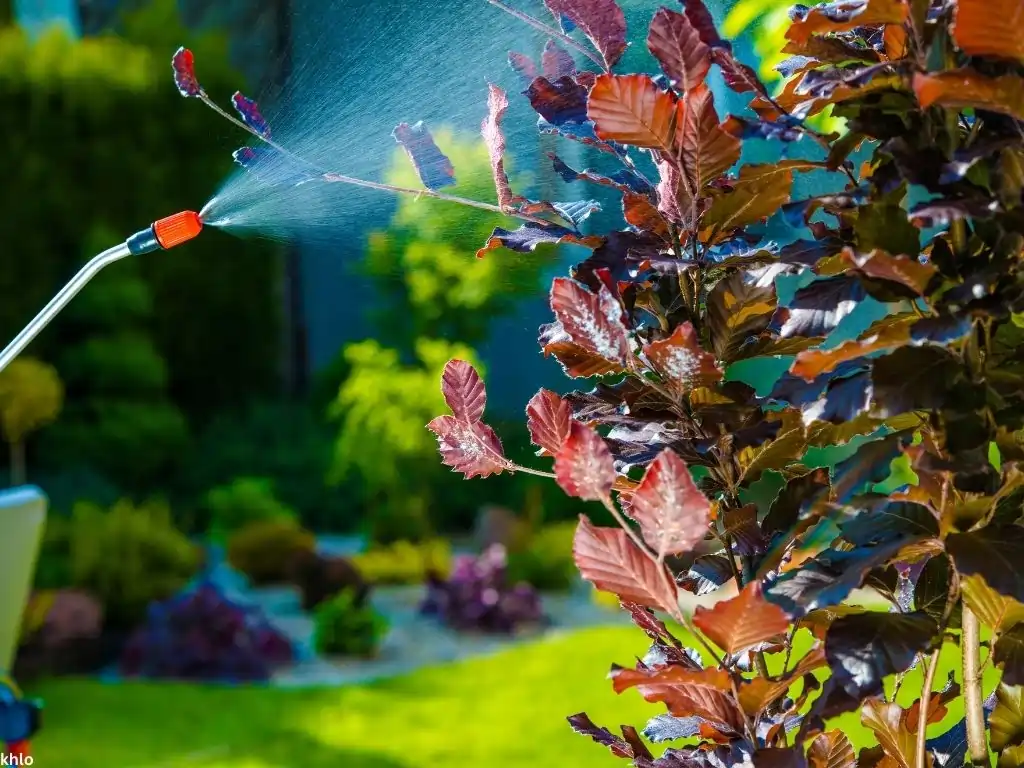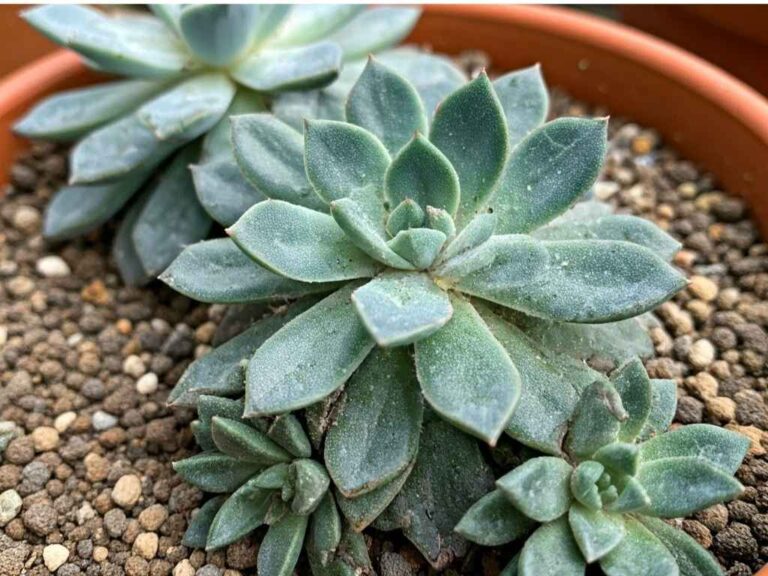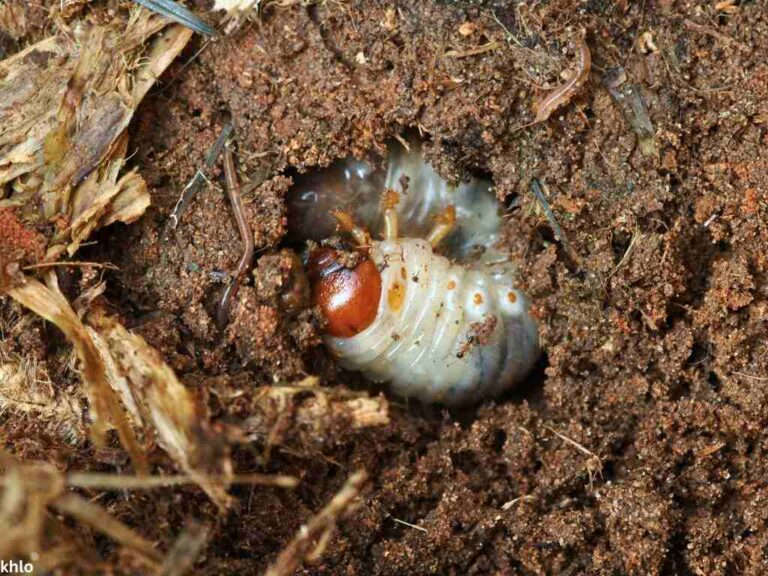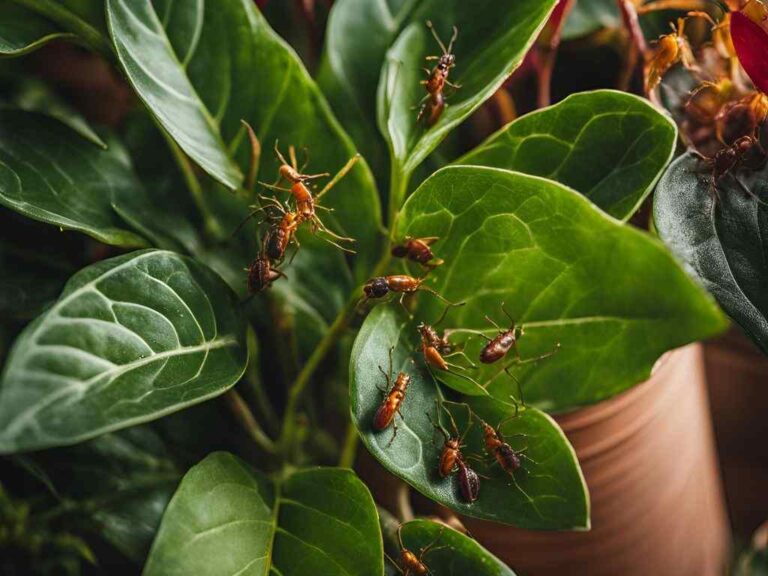Key Points
- Pest management is crucial for keeping houseplants healthy and looking good, as pests can damage or kill them.
- Common pests include spider mites, aphids, mealybugs, fungus gnats, and scale, which can be prevented with regular care.
- Prevention methods, like inspecting plants and using clean potting mix, are often the best way to avoid infestations.
- Both natural (e.g., neem oil, rubbing alcohol) and chemical treatments (e.g., insecticides) can help, but safety and instructions matter.
- It seems likely that beginners can manage pests effectively with simple, regular actions and the right tools.
Introduction to Pest Management
Welcome to the world of houseplants! If you’re new to caring for them, you might not realize how important it is to keep pests away. Pests are tiny creatures like bugs that can harm your plants, making their leaves turn yellow, wilt, or even die. They can also make your plants look less vibrant, which can be disappointing after all your hard work.
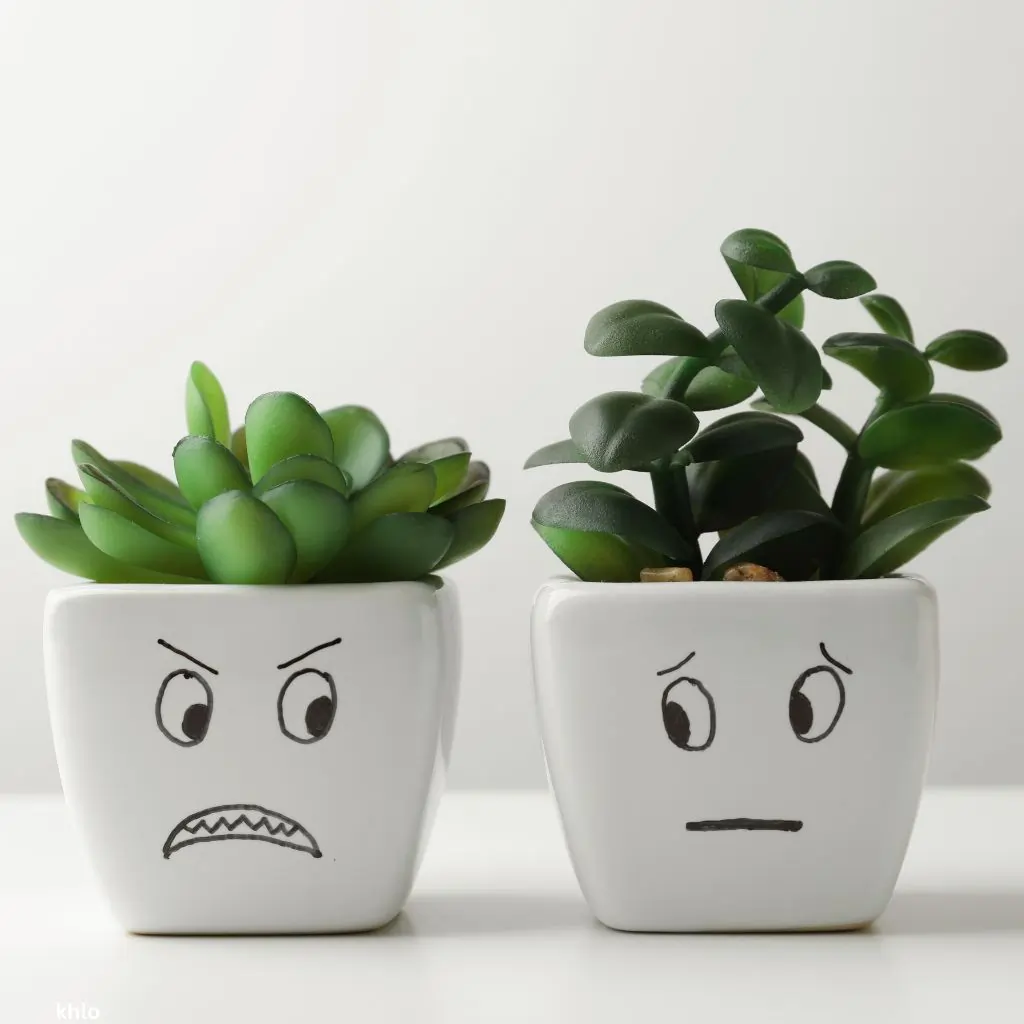
Some common pests you might encounter include spider mites, aphids, mealybugs, fungus gnats, and scale. These little invaders can sneak in without you noticing, so it’s key to stay on top of things. Don’t worry, though.
This guide will show you how to prevent pests. It offers methods that are easy to understand and do. By the end, you’ll feel confident protecting your green friends and keeping them thriving.
Why Pest Management Matters
Pests can be sneaky, and they love to munch on your houseplants. If left unchecked, they can weaken the plant, stop it from growing, or even kill it. For example, spider mites suck the sap from leaves, leaving them speckled and dry.
Aphids can multiply quickly, covering your plant in sticky residue. It’s not just about the damage—they can also spread diseases, making it harder for your plant to recover.
As a beginner, you might think, “My plant looks fine, so why worry?” But pests can start small and get out of hand fast. The good news is, with a little effort, you can keep them at bay and enjoy healthy, happy plants. Let’s dive into how to prevent these pests before they become a problem.
Prevention is Key: Keeping Pests Away
Prevention is often the easiest and most effective way to manage pests, especially for beginners. Here are some practical steps to keep your houseplants pest-free:
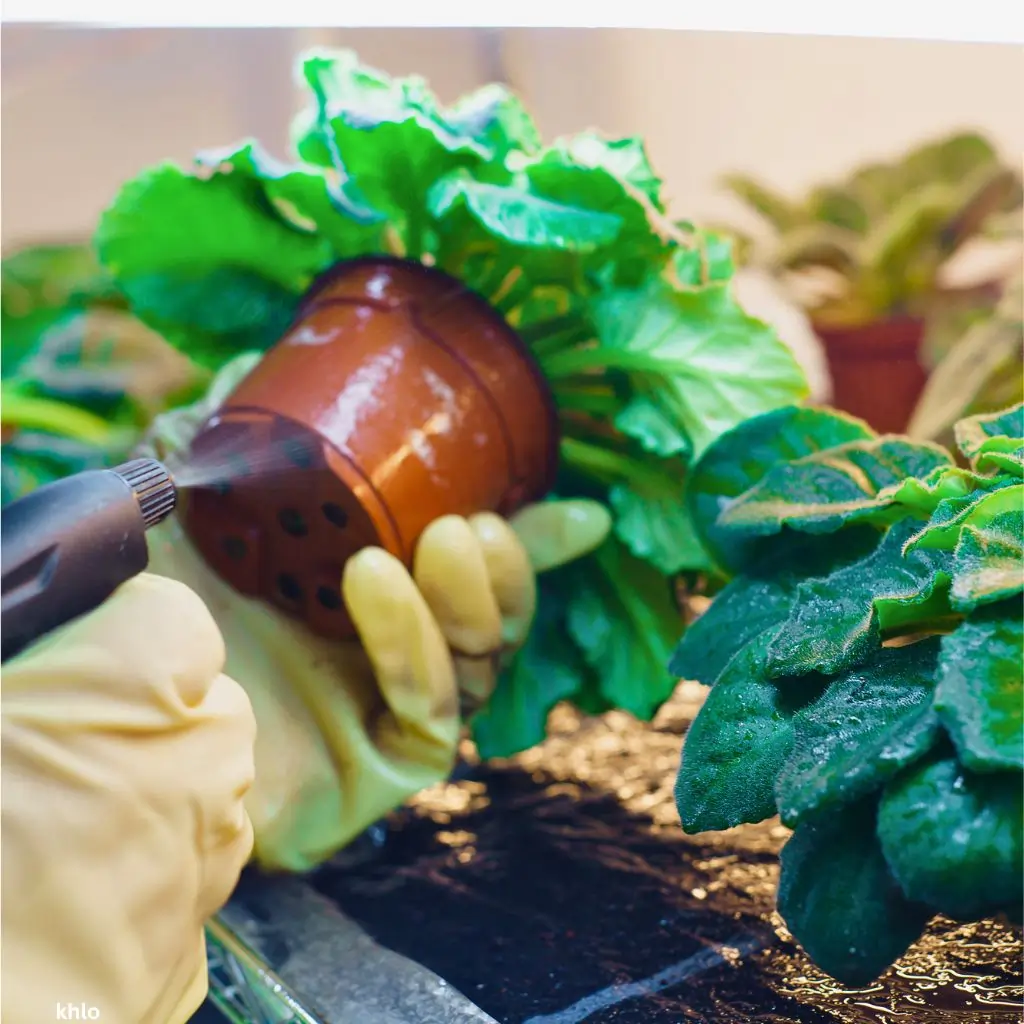
- Regular Inspection of Plants: Take a few minutes each week to look closely at your plants. Check the leaves (top and bottom), stems, and soil for any signs of pests. Look for tiny bugs, webs, or sticky spots. Catching problems early makes them easier to handle. For example, you might spot a few aphids before they take over.
- Proper Watering Techniques: Overwatering can create damp conditions that pests like fungus gnats love. Water your plants only when the top inch of soil feels dry. Ensure that pots have drainage holes to avoid soggy soil. This keeps your plants strong and less appealing to pests.
- Providing Adequate Light and Humidity: Most houseplants need bright, indirect light and the right humidity to stay healthy. Pests often target weak plants. Place your plants near a window with filtered sunlight. Mist them occasionally if the air is dry. This mimics their natural environment and boosts their resistance.
- Using Clean Potting Mix: Always use fresh, sterile potting mix when repotting or planting. Old or contaminated soil can harbor pest eggs, like fungus gnat larvae. You can find sterile mixes at garden centers or online.
- Isolating New Plants: When you bring home a new plant, keep it separate from your other plants. Do this for at least two weeks. This quarantine period helps you spot any pests before they spread. Check it daily for signs like webs or bugs, and treat it if needed before introducing it to your collection.
These steps might seem small, but they can make a big difference. Think of it like giving your plants a shield against pests—it’s all about staying proactive and caring for them regularly.
Common Houseplant Pests: Identification and Treatment
Now, let’s talk about the pests you’re most likely to encounter. For each pest, we’ll describe what they look like. We will also cover the signs they leave and how to treat them with both natural and chemical methods. Don’t panic if you spot one; with the right approach, you can get rid of them and save your plant.
- Spider Mites
- Description: These are tiny, spider-like pests, often red or green, that you might need a magnifying glass to see clearly. They’re related to spiders and can spin fine webs on leaves.
- Signs of Infestation: Look for speckled, yellowing leaves and tiny webs, especially under the leaves. Your plant might also look dusty or dry.
- Effective Treatment:
- Natural: Spray the plant with a mixture of water and a few drops of dish soap. Make sure to focus on the undersides of leaves. You can also use neem oil, which is safe and works well (more on this later). Wipe the leaves with a damp cloth to remove mites and webs.
- Chemical: If the infestation is severe, use an insecticide like pyrethrin. Follow the label instructions carefully, and wear gloves to protect your skin.
- Aphids
- Description: These are small, soft-bodied insects, usually green, yellow, or black, that cluster on new growth or under leaves. They look like tiny dots moving around.
- Signs of Infestation: You’ll see sticky residue (called honeydew) on leaves, which can attract ants or mold. Leaves might curl or turn yellow, and the plant can look weak.
- Effective Treatment:
- Natural: Blast them off with a strong stream of water, or use insecticidal soap to coat the leaves. Ladybugs can eat aphids if you have them outdoors. Indoors, you can kill them directly with rubbing alcohol on a cotton swab.
- Chemical: For bad cases, use an aphid-specific insecticide, like imidacloprid. Always read the instructions and apply in a well-ventilated area.
- Mealybugs
- Description: These look like small, white, cottony masses on stems and leaves. They’re slow-moving and can hide in leaf joints or under leaves.
- Signs of Infestation: You’ll notice white, fluffy spots and sticky leaves. The plant might wilt, and the growth can slow down.
- Effective Treatment:
- Natural: Dab them with a cotton swab dipped in rubbing alcohol to kill them on contact. Neem oil is also effective—spray it on affected areas weekly.
- Chemical: Use a systemic insecticide like acephate. Follow safety precautions, like wearing a mask, and keep pets and kids away during application.
- Fungus Gnats
- Description: These are tiny, black flies that hover around the soil. Their larvae live in the soil and feed on roots.
- Signs of Infestation: You’ll see small flies flying around when you water. The plant might have yellowing leaves or stunted growth. Check the soil for tiny white larvae.
- Effective Treatment:
- Natural: Let the soil dry out between waterings to kill larvae, as they need moisture. Sticky traps can catch adult gnats, and diatomaceous earth sprinkled on the soil can kill larvae (more on this later).
- Chemical: Use a soil drench with Bacillus thuringiensis, to target larvae. Follow the instructions and avoid overusing chemicals.
- Scale
- Description: These look like small, brown or black bumps on stems and leaves, almost like scabs. They’re immobile once settled and can be hard to spot.
- Signs of Infestation: Leaves may turn yellow, and you might see sticky residue or black mold. The plant can look unhealthy and stop growing.
- Effective Treatment:
- Natural: Scrape them off with a fingernail or toothbrush, then wipe with rubbing alcohol. Neem oil can also help, applied weekly.
- Chemical: Use a horticultural oil or insecticide like malathion. Read the label carefully and apply in a well-ventilated area, avoiding contact with skin.
Remember, the earlier you catch these pests, the easier they are to treat. Don’t feel overwhelmed—start with natural methods, and if they don’t work, you can try chemicals as a last resort.
Natural Treatment Options: Safe and Simple Solutions
If you prefer to avoid chemicals, there are plenty of natural ways to fight pests. Here are some options you can try at home, using things you might already have:
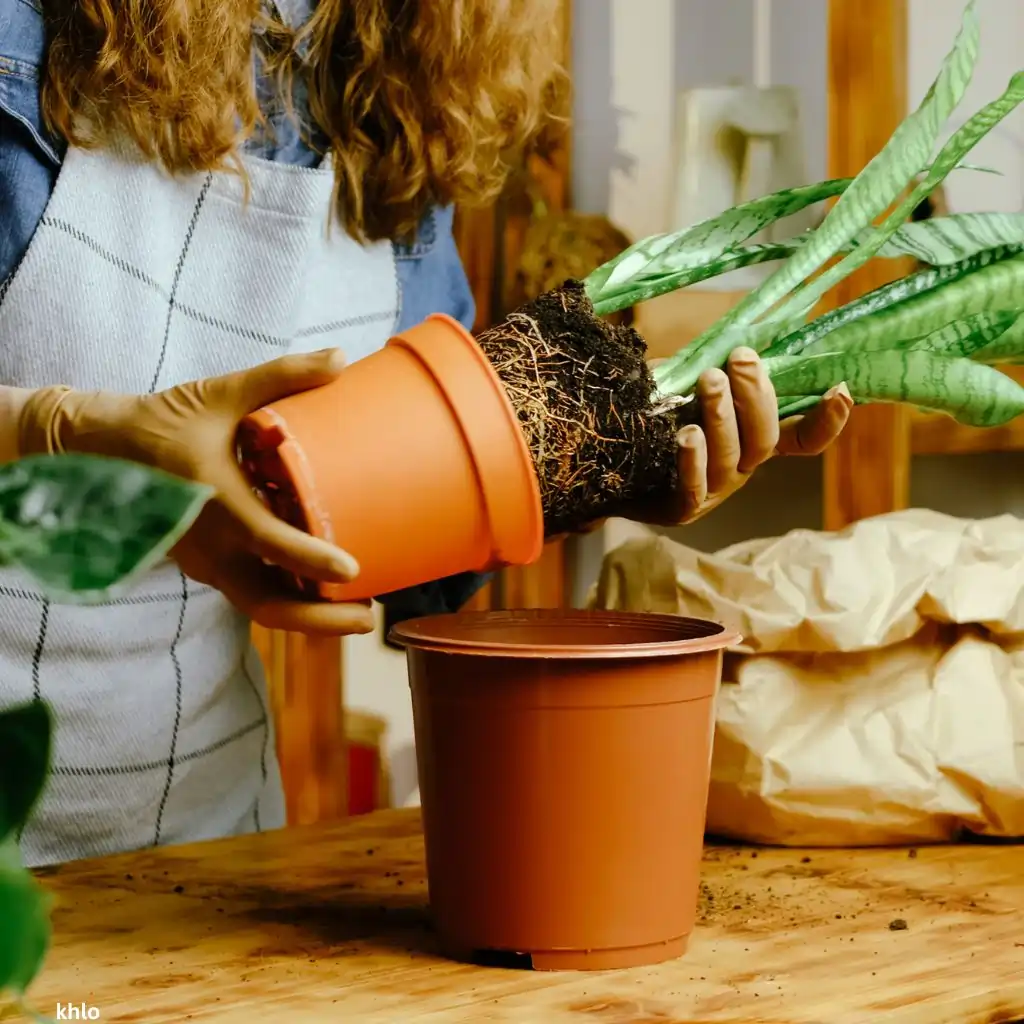
- Neem Oil: This is a natural oil from the neem tree. It repels and kills pests like spider mites, aphids, and mealybugs. Mix a few teaspoons with water. Add a drop of dish soap. Then spray it on your plant. Focus on the undersides of leaves. Do this every week until the pests are gone. It’s safe for most plants and doesn’t harm pets if used correctly.
- Insecticidal Soap: This is a gentle soap solution that kills soft-bodied pests like aphids and mealybugs on contact. You can buy it ready-made. Alternatively, make your own by mixing a teaspoon of mild liquid soap with a quart of water. Spray it on the plant, and rinse off after a few hours to avoid leaf burn.
- Rubbing Alcohol: This works great for mealybugs and scale. Dip a cotton swab in rubbing alcohol and dab it directly on the pests to kill them. It’s quick and easy, but test it on a small area first to ensure it doesn’t harm your plant.
- Diatomaceous Earth: This is a fine powder made from fossilized algae. It kills pests like fungus gnat larvae by drying them out. Sprinkle it lightly on the soil surface, and reapply after watering. It’s safe for plants and pets, but wear a mask when applying to avoid breathing it in.
These natural methods are gentle and eco-friendly, making them perfect for beginners. They might take a bit longer to work than chemicals, but they’re worth trying first.
Chemical Treatment Options: When to Use Them
Sometimes, natural methods aren’t enough, especially for severe infestations. In those cases, chemical treatments can help, but they need to be used carefully. Here’s when and how to use them:
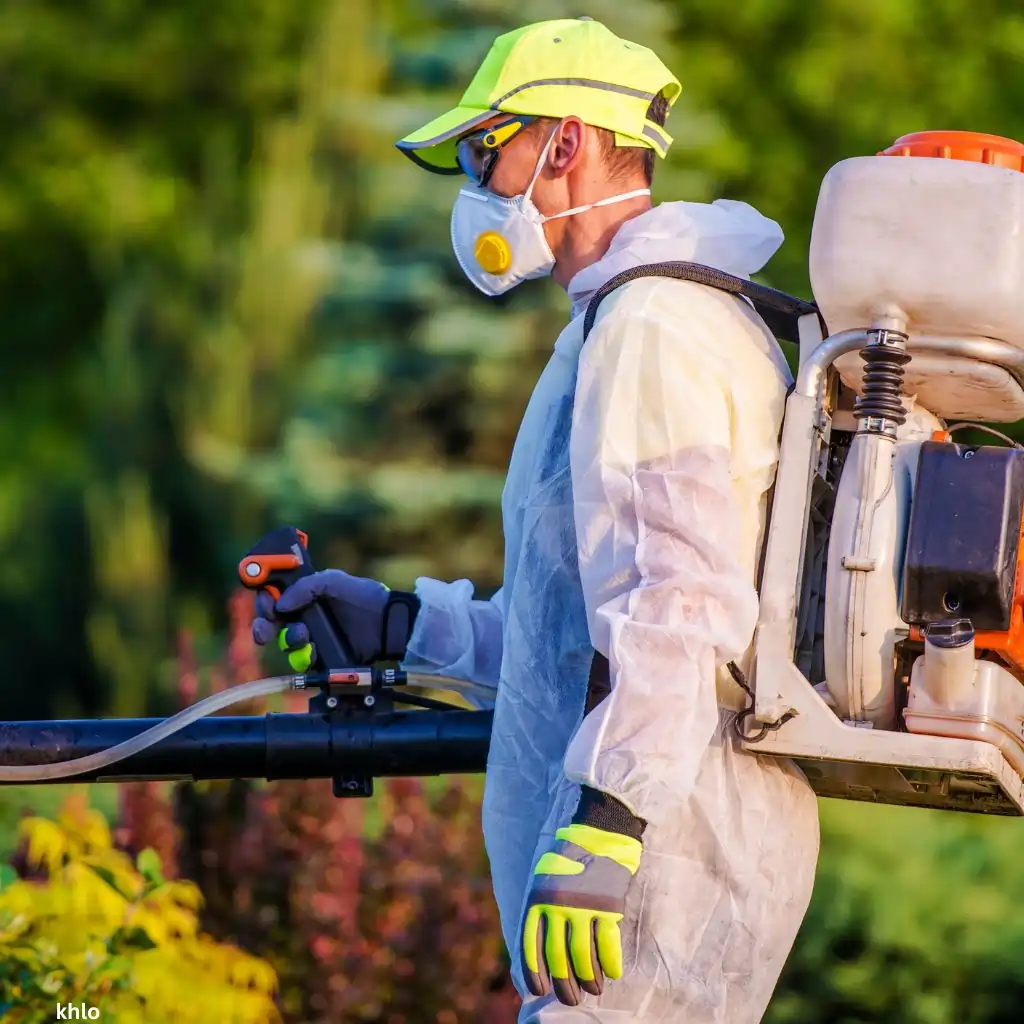
- When to Use Chemicals: Use chemicals if pests keep coming back despite natural treatments. They might be necessary if your plant is heavily infested and looks like it’s struggling. For example, if fungus gnats are damaging the roots, a soil drench can target the larvae effectively.
- Examples of Insecticides: Common options include pyrethrin for spider mites, imidacloprid for aphids, and malathion for scale. You can find these at garden stores or online.
- Safety Precautions: Always read the product label and follow the instructions exactly. Wear gloves, a mask, and long sleeves to protect yourself. Apply in a well-ventilated area, and keep pets and kids away until it dries. Never use more than the recommended amount, as it can harm your plant or the environment.
Chemicals can be effective, but they’re a last resort. Start with natural methods, and only move to chemicals if you really need to. Safety is key, so take your time and follow the rules.
Conclusion: Protecting Your Houseplants
Pest management might seem like a big task. It’s all about taking small, regular actions to keep your houseplants healthy. By inspecting them weekly, using clean soil, and trying natural treatments like neem oil, you can prevent most problems.
If pests do show up, don’t panic. You now know how to identify them and treat them. Use rubbing alcohol or, if needed, a safe insecticide.
Remember, your plants rely on you to keep them safe. With a little care, they’ll reward you with lush, green growth. Take a moment today to check your plants for any signs of pests. Share this guide with a friend who’s also new to houseplants. Together, we can help our green friends thrive!

